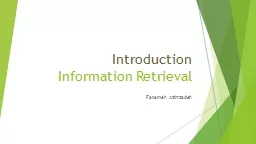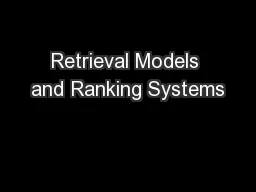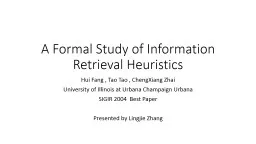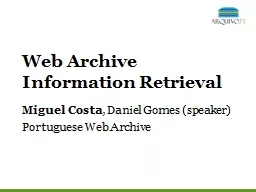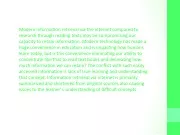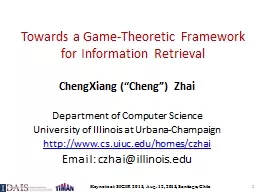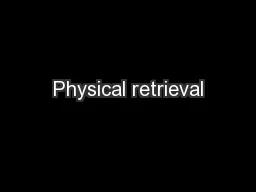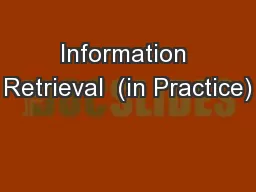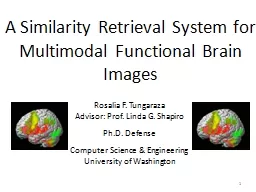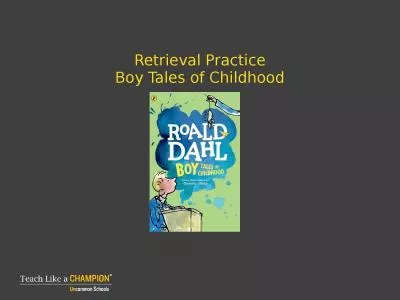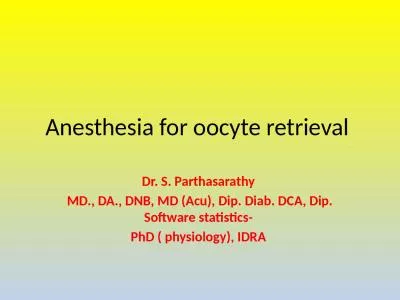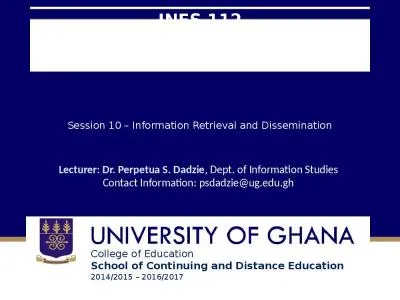PPT-Introduction Information Retrieval
Author : attentionallianz | Published Date : 2020-06-22
Fatemeh Azimzadeh Books Manning et al 2008 Christopher D Manning Prabhakar Raghavan and Hinrich Schütze Introduction to Information Retrieval Cambridge University
Presentation Embed Code
Download Presentation
Download Presentation The PPT/PDF document "Introduction Information Retrieval" is the property of its rightful owner. Permission is granted to download and print the materials on this website for personal, non-commercial use only, and to display it on your personal computer provided you do not modify the materials and that you retain all copyright notices contained in the materials. By downloading content from our website, you accept the terms of this agreement.
Introduction Information Retrieval: Transcript
Download Rules Of Document
"Introduction Information Retrieval"The content belongs to its owner. You may download and print it for personal use, without modification, and keep all copyright notices. By downloading, you agree to these terms.
Related Documents

